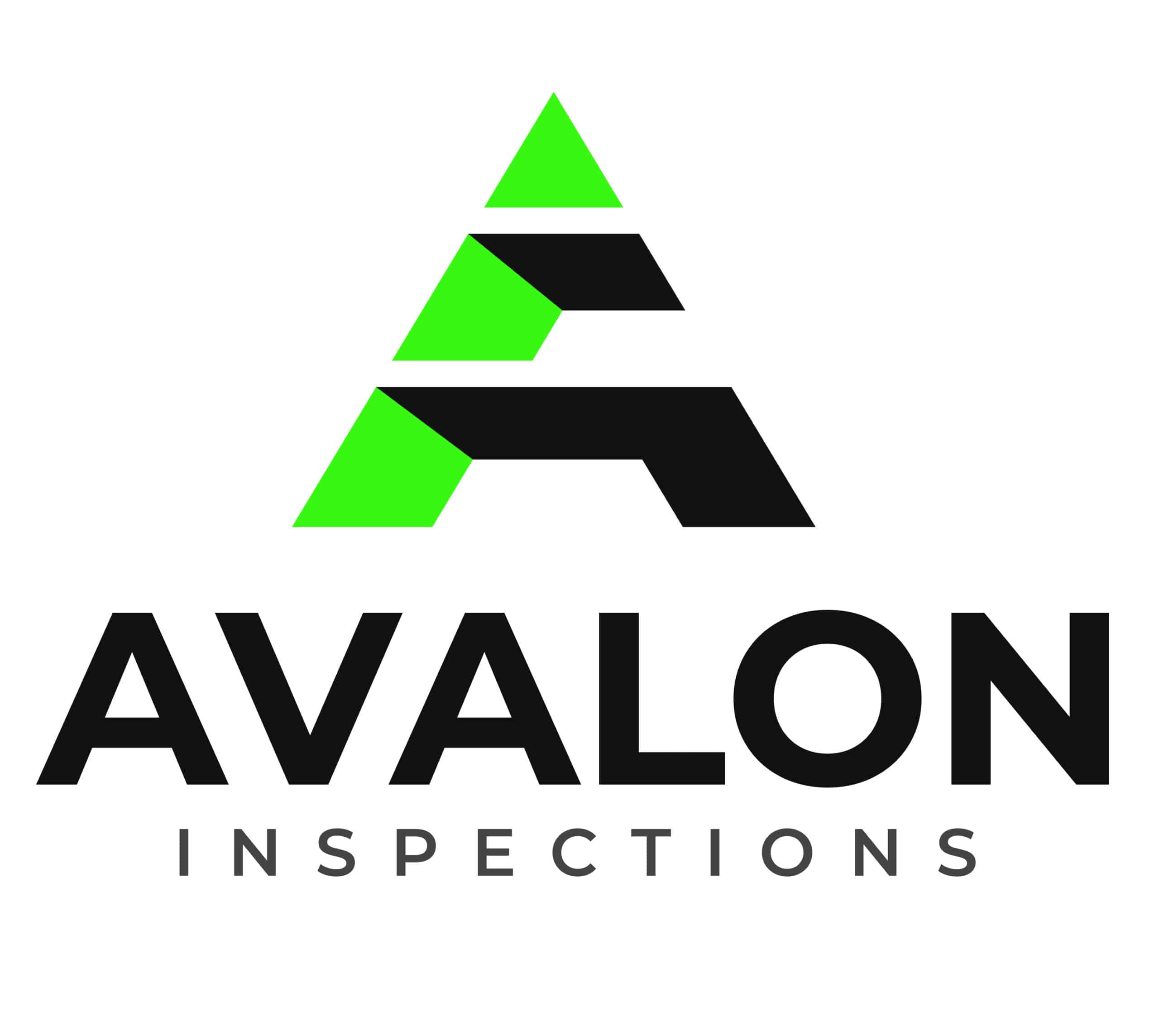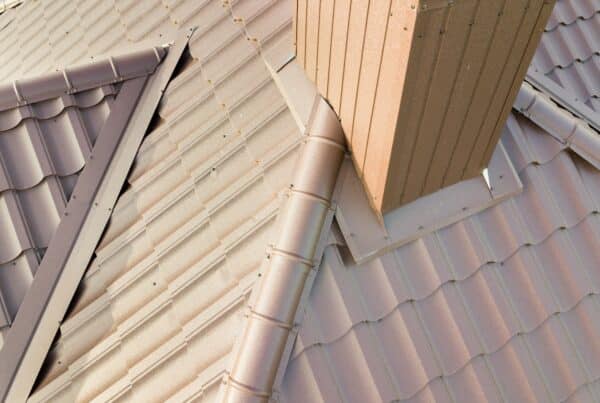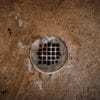
A sloped roof is one of the most recognizable features of a home, but its unique design requires thoughtful maintenance to stay in top condition. From managing water runoff to handling the wear and tear of weather, a well-cared-for sloped roof can protect your home for years.
Neglecting it, however, can lead to unexpected repairs and lower your home’s value. This guide dives into what makes sloped roofs different, how to care for them, and why regular maintenance is essential for preserving your home’s structure and investment.
What Sets a Sloped Roof Apart?
Sloped roofs do more than give a home its classic look—they’re built to handle the challenges of rain, snow, and debris. The slope helps water roll off quickly, keeping it from pooling and causing damage. It also makes these roofs better at shedding heavy snow, which can build up and strain the structure.
Pitch is most often expressed as a fraction or as a ratio. For example, if a roof rises 12 inches for every 12 inches of horizontal spread, it has a roof pitch of 12/12 or 12:12. The closer the roof pitch is to 1 (or 12/12), the steeper it is.
Valleys, edges, and spots around vents or chimneys tend to collect debris or show wear faster than other areas, especially on steeper roofs. Knowing how to maintain these specific parts is essential for keeping a sloped roof in top shape.

Unique Maintenance Needs
Maintaining a sloped roof requires paying attention to the features that make it unique. Key tasks include:
- Clearing valleys and gutters regularly to prevent water buildup and clogs.
- Inspecting shingles for damage or wear, especially after severe weather.
- Checking flashing and seals around chimneys, vents, and skylights for gaps or cracks.
- Addressing moss, algae, or mold growth early to avoid damage to roofing materials.
These steps help ensure that a sloped roof continues to perform well, extending its lifespan and protecting the home from avoidable damage.
How Slope and Neglect Impact Home Sales
A neglected roof can lower a home’s value more than many people realize. Visible problems like missing shingles, sagging areas, or water stains raise concerns about bigger issues, such as leaks or structural damage.
Red flags like this can make buyers hesitant to move forward or prompt them to request costly repairs before closing. Homes with neglected roofs often struggle to sell quickly or at full asking price. Roof issues can reduce curb appeal, and steeper ones can create unique sales and care challenges.
Even if the rest of the home is in good condition, a roof that looks worn or poorly maintained can overshadow everything else. In some cases, sellers might have to offer discounts or repair credits to account for the cost of roof work, cutting into the final sale price.
For buyers, purchasing a home with an unmaintained roof comes with risks. Hidden damage, such as leaks, mold, or rot, might not be obvious during a walk-through but can lead to significant repair expenses later.
Maintaining a sloped roof is about more than avoiding repairs and focuses on preserving the value of the home itself.

Other Recommended Roof Maintenance
Taking care of a sloped roof goes beyond basic upkeep. Regular attention to surrounding areas and related systems can make a big difference in keeping your roof—and home—in excellent condition.
- Trim trees near the roof to prevent branches from falling or scraping against shingles during storms. Overhanging branches also drop leaves and debris that can clog gutters or collect in roof valleys.
- Inspect the attic regularly for signs of moisture, mold, or poor ventilation. A healthy attic prevents condensation and extends the life of your roof.
- Clean gutters and downspouts frequently to ensure proper drainage. Backed-up water can seep into the roof structure, causing damage over time.
- Monitor nearby flashing and joints, especially around chimneys, skylights, and vents, to catch small issues like cracks or loose fittings before they grow.
- Schedule seasonal checkups to address weather-related concerns, such as snow buildup in the winter or moss and algae growth during wet seasons.
When to Call a Professional
Some roof maintenance tasks are easy to handle on your own, but certain situations require a professional’s expertise. Calling in a pro ensures problems are properly addressed before they escalate into costly repairs or safety hazards.
It’s time to call a professional if you notice:
- Leaks or water stains inside your home, especially after heavy rain.
- Sagging areas on the roof, could indicate structural damage.
- Missing or damaged shingles that leave your roof vulnerable to further deterioration.
- Persistent moss or algae growth that’s difficult to clean or keeps returning.
- Signs of aging like curling shingles or cracked seals around vents and chimneys.
Professional roof inspections are especially important during key moments, like:
- Before buying or selling a home identify hidden damage or repair needs.
- After a major storm assess for wind or hail damage that might not be obvious.
- Annually or seasonally as part of routine maintenance to catch problems early.
An experienced inspector can spot potential issues that are easy to miss, providing you with peace of mind and a clear understanding of your roof’s condition.
Professional inspections also help protect your investment by ensuring your roof is safe, functional, and ready to weather the elements.
Conclusion
A sloped roof is one of the most important parts of your home, and taking care of it doesn’t just protect your investment—it gives you peace of mind. With thoughtful maintenance, you can avoid expenses, extend the life of your roof, and keep your home in great shape.
At Avalon Home Inspections, we want to help you understand your roof’s condition and address any concerns before they become serious. In Atlanta, schedule your services online or call us today!






